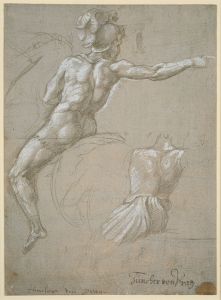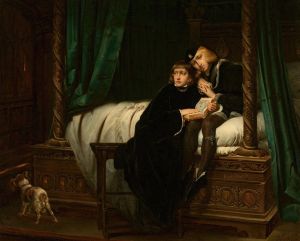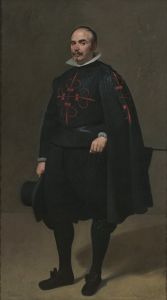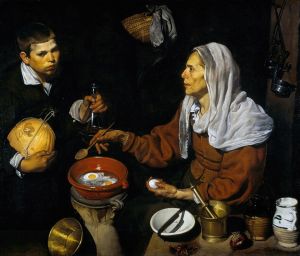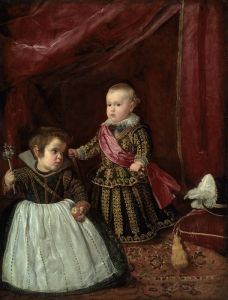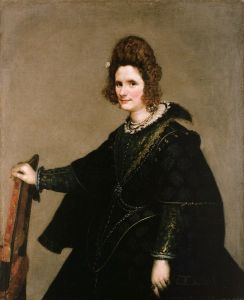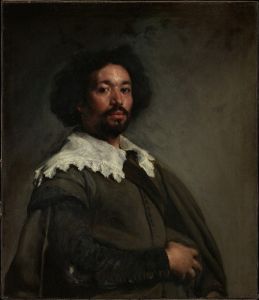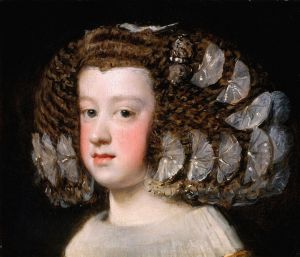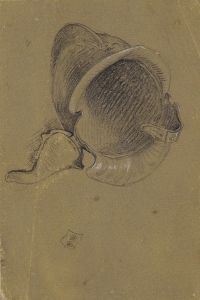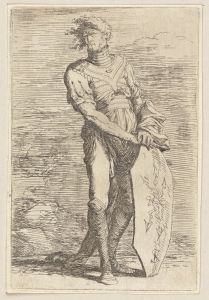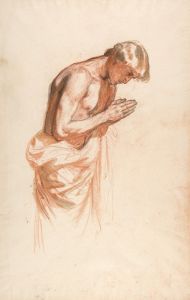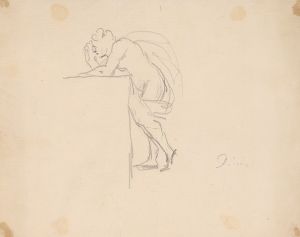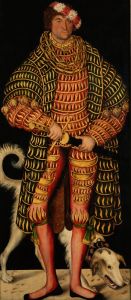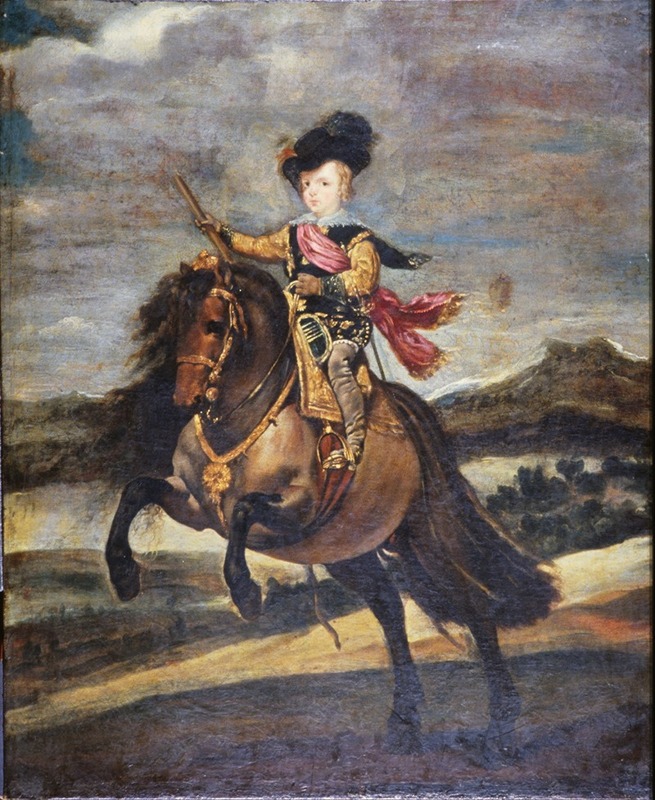
The Infante Baltasar Carlos on Horseback
A hand-painted replica of Diego Velázquez’s masterpiece The Infante Baltasar Carlos on Horseback, meticulously crafted by professional artists to capture the true essence of the original. Each piece is created with museum-quality canvas and rare mineral pigments, carefully painted by experienced artists with delicate brushstrokes and rich, layered colors to perfectly recreate the texture of the original artwork. Unlike machine-printed reproductions, this hand-painted version brings the painting to life, infused with the artist’s emotions and skill in every stroke. Whether for personal collection or home decoration, it instantly elevates the artistic atmosphere of any space.
"The Infante Baltasar Carlos on Horseback" is a celebrated painting by the renowned Spanish artist Diego Velázquez, created around 1635. This work is a prime example of Velázquez's skill in portraiture and his ability to convey the grandeur and dignity of his subjects. The painting depicts the young Prince Baltasar Carlos, the son of King Philip IV of Spain and Queen Elisabeth of France, showcasing him as a symbol of hope and continuity for the Spanish monarchy.
In the painting, the Infante is portrayed riding a spirited horse, a common motif in equestrian portraits that signifies nobility and power. Velázquez captures the young prince with remarkable realism and attention to detail, emphasizing his youthful features and the elegance of his posture. The prince is dressed in elaborate attire befitting his royal status, including a richly decorated costume and a sash, which adds to the regal aura of the portrait.
The background of the painting features a vast, open landscape, which serves to highlight the figure of the Infante and his horse. The use of light and shadow in the painting is masterful, with Velázquez employing his signature technique to create a sense of depth and movement. The sky is depicted with a dramatic interplay of clouds, adding to the dynamic composition of the scene.
Velázquez was a court painter for King Philip IV, and his works often reflected the political and social aspirations of the Spanish monarchy. "The Infante Baltasar Carlos on Horseback" is no exception, as it was likely intended to reinforce the image of the young prince as a future leader and a continuation of the Habsburg dynasty. The painting was part of a series of equestrian portraits commissioned by the king to decorate the Hall of Realms in the Buen Retiro Palace in Madrid, which was a symbol of the power and prestige of the Spanish crown.
The painting is notable not only for its artistic excellence but also for its historical significance. At the time of its creation, Spain was a dominant power in Europe, and the portrayal of the heir to the throne in such a majestic manner was a reflection of the country's ambitions and the importance of the royal lineage. Unfortunately, the hopes placed upon the young prince were never realized, as Baltasar Carlos died at the age of 16, which was a significant blow to the Spanish monarchy.
Today, "The Infante Baltasar Carlos on Horseback" is housed in the Museo del Prado in Madrid, where it continues to be admired by art enthusiasts and historians alike. The painting remains a testament to Velázquez's genius and his ability to capture the essence of his subjects with unparalleled skill. Through this work, Velázquez not only immortalized the young prince but also provided a glimpse into the grandeur and complexity of the Spanish court during the 17th century.





